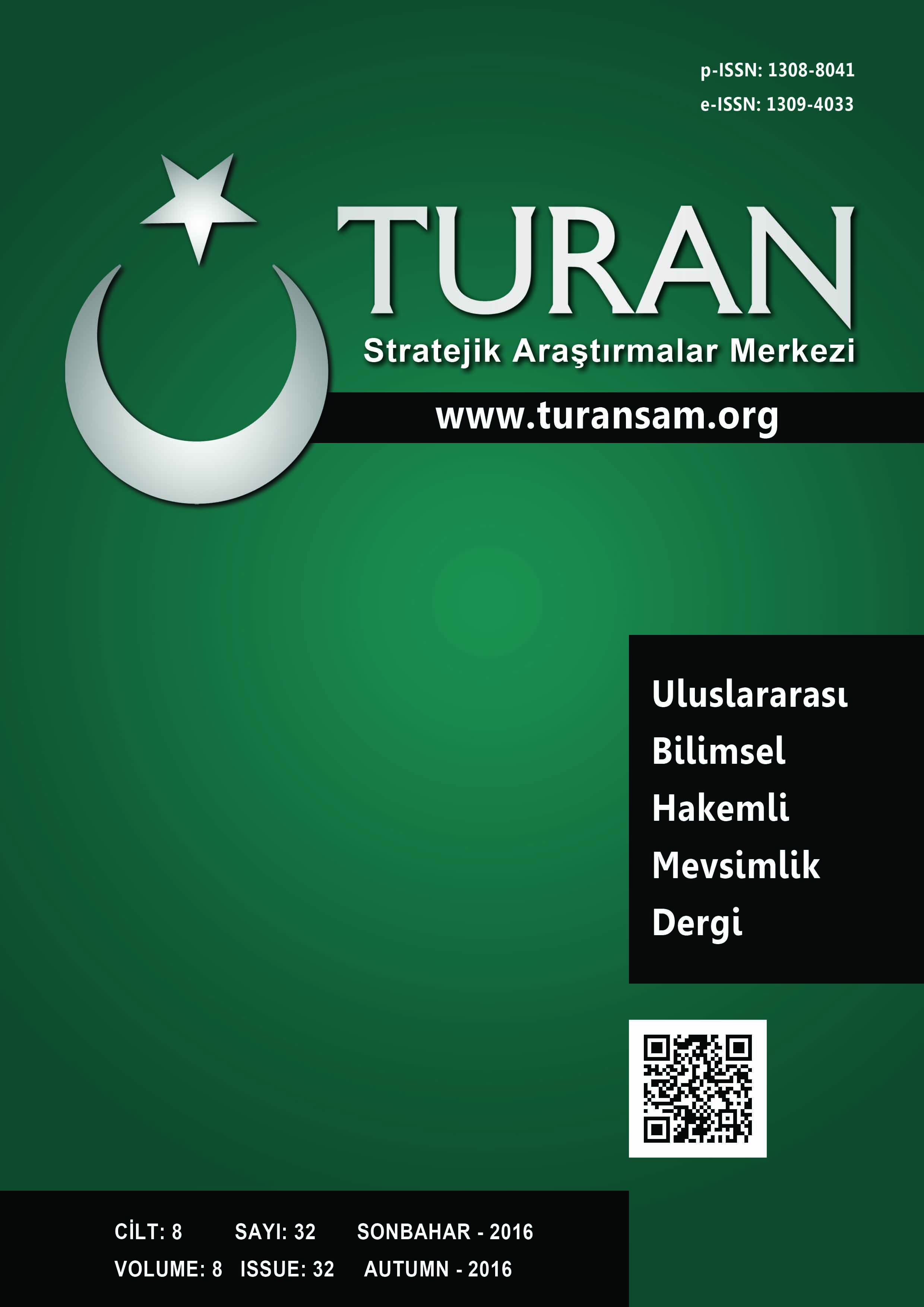BOZKIR KAVİMLERİNİN GÜNEY RUSYA'DAKİ GÖÇ HAREKETLİLİĞİ
THE MIGRATION ACTIVITY OF THE STEPPE TRIBES IN SOUTHERN RUSSIA
Author(s): Engin EroğluSubject(s): Social Sciences, Cultural history, Regional Geography, Social development, Rural and urban sociology, Sociology of Culture, Environmental interactions, Migration Studies
Published by: Sage Yayınları
Keywords: Steppe Tribes; Central Asia; Southern Russia; Turks;
Summary/Abstract: Since the prehistoric times, the area ranging from the Great Wall of China to Danube River has hosted a nomad cavalier lifestyle. In this wide area, just like in the Eastern part where the steppes are, the Turkic societies and states under the name of steppe tribes who mostly lived as nomad cavaliers have kept their existence in the western part of it. In this sense, steppe tribes have been the symbols of a very active lifestyle for centuries in the north of the Black Sea where the Southern Russia steppes ranging from the Caspian Sea to the Danube River are located. The expansion fields of these nomad societies differ depending on the period, however they are known to be the main factor in the shaping of the Southern Russia’s political structure until the Mongolian invasion. On the other hand, since the Scythians, the steppe tribes in the nomad cycle, just like the falling leaves of a tree with its roots in the Central Asia and branches in the Southern Russia, they lost their identities in time by spreading throughout a wider area.
Journal: TURAN-SAM
- Issue Year: 8/2016
- Issue No: 32
- Page Range: 343-350
- Page Count: 8
- Language: Turkish

